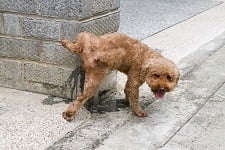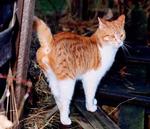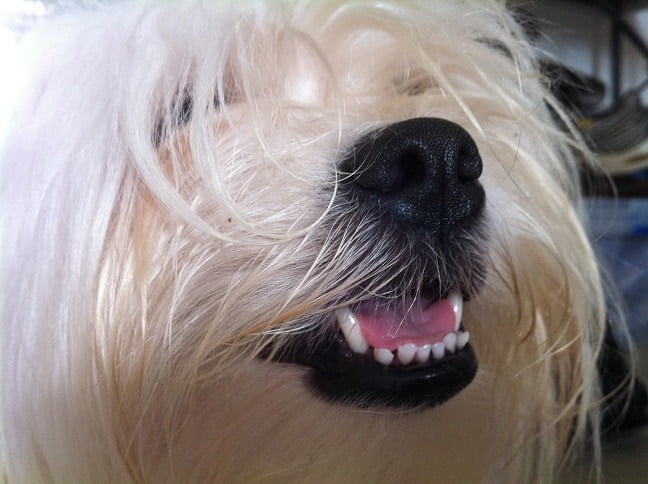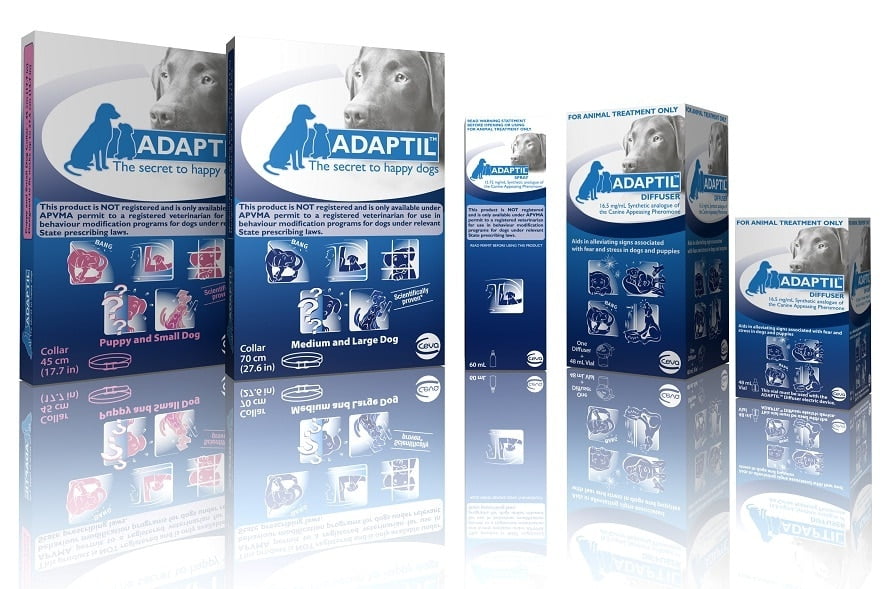
Talking Scents
You have all seen it.
The local Mutt wanders down the street, the king of all he surveys and at each post, he lifts his leg and leaves a small quantity of urine.
It’s the normal way that dogs mark their territory but dogs are certainly not the only animals that use their scent to mark territory. Cats, rhinos, bees and even humans mark their territory in many different ways.
Animals don’t need email, Facebook and Twitter.
Such base forms of communication are for primitive species like humans. After all, humans don’t know how to communicate using the refined messages contained in bodily scents. That is, all except the members of a special tribe in New Guinea who won’t shake hands until they have rubbed their hands under their armpits to exchange smells with their friends.
I’m glad I have a primitive email address.
A cat marks its territory by spraying urine in much the same way as dogs but also by scratching its claws on various trees around its territory. The visible scratch marks and the scent from its feet are strong messages to other cats.


How Powerful is an Animal’s Sense of Smell?
A dog’s ability to detect scents is legendary. Humans are olfactory dunces compared to dogs. The difference is in the anatomy of a dog’s nose. We have two sheets of membranes in our noses that contain roughly five million olfactory (smell) receptors whereas the dogs have intricately folded sheets of membranes with a surface area fifty times larger than that of humans and with more than 220 million sensory cells.
Thus, a dog’s sense of smell is at least one hundred times and possibly one hundred thousand times more sensitive than a human’s. For instance, your Pooch can detect the odour of your fingerprint six weeks after you placed it onto a piece of glass.
Further dogs used to detect chemical residues such as chlordane and dieldrin in soil can detect these chemicals in parts of less than one per million – better than most scientific measuring equipment!! Doesn’t that make you feel like a dunce?
Territorial Marking Behaviour
It is for this reason that a dog is so fascinated with the urine deposits of others. A wolf will urine-mark the boundaries of its territory twice as much as it marks the centre. It will also mark its territory with its faeces, with the scent from its anal glands, and by scratching vertical objects.
The ‘last post’ routine of a male dog descends from its wolf ancestry. Wolves also mark territory by smearing vertical surfaces with faeces and even this is seen in high ranking dogs.
You are likely to see leg-lifting behaviour in your back yard Pooch more commonly along your boundary fence line and much more commonly when another dog is going past. Some very territorial dogs will also scent-mark their territories by smearing their faeces onto vertical surfaces. This is more often seen when a dog is walking along the street or is in a local park. In hot climates such as ours, faecal marking scents last longer than urine scents whereas, interestingly, the opposite is true in colder climates. I have noticed that dogs which mark their territories with their faeces are usually very independent dogs and are often quite aggressive to other dogs.
The ability of an animal to scent mark is very important to its survival. It is the only way an animal can leave a message for others without having to stay around to deliver it.
Many species scent mark. European rabbits deposit hundreds of faecal pellets daily to mark their territory. Hippos distribute their dung in rivers by using their tails as egg-beaters in the water. Rhinos place dung pats in strategic locations along their trails and will also trample in their dung to carry the smell with them on their feet as they travel.
Some monkeys and other primates urinate on their feet so that they leave their scent on trees as they travel, and the dwarf mongoose stands on its head to rub essential scents from its anal glands up as high as it can manage on bushes and rocks.
The Lure of Pheromones
Many of the scents that are important to animals contain pheromones. Pheromones are powerful molecules that, when released from one animal, have a big affect on the behaviour of other animals, just like the hormones within an animal’s own body have a big affect on its own
behaviour.
In the world of science we have even reached the stage where we can manufacture pheromones and place it in bottles.
For cats, the pheromone Feliway is readily available and is used to stop cats spraying, as well as in assisting cats to become comfortable when moving into a new residence.
For dogs, the Dog Appeasing Pheromone (Adaptil) is available and is used for the treatment of separation anxiety, noise fears and other anxieties and also helps to assimilate a puppy or even an adult do into a new home.
Solutions for Scent Marking Behaviour
If scent marking is a problem with your pets, try the following: –
- Desexing male dogs and cats greatly reduces the need to urine mark. Urine scent marks can be removed with Bac To Nature and similar animal odour eliminators and with the laundry detergent Bio Zet.
- For cats that scratch furniture, try covering the furniture with plastic – the black plastic used in landscaping works well. Then place a scratching post near to the scratched furniture. Scent the scratching post with the pheromone spray Feliway to create interest in the scratching post.
- Change the perception of your cat’s favourite spraying area by feeding it in that spot or by gluing dry cat biscuits to an old dish and leaving them in the sprayed area.
- Keep other dogs and cats away from your pet’s territory so your pets will not feel the need to mark their own territory to keep these interlopers away.
For interesting reading on animals and how they communicate, look for the Reader’s Digest book Intelligence in Animals.
Links to other information:
Dog Appeasing Pheromone (Adaptil)

